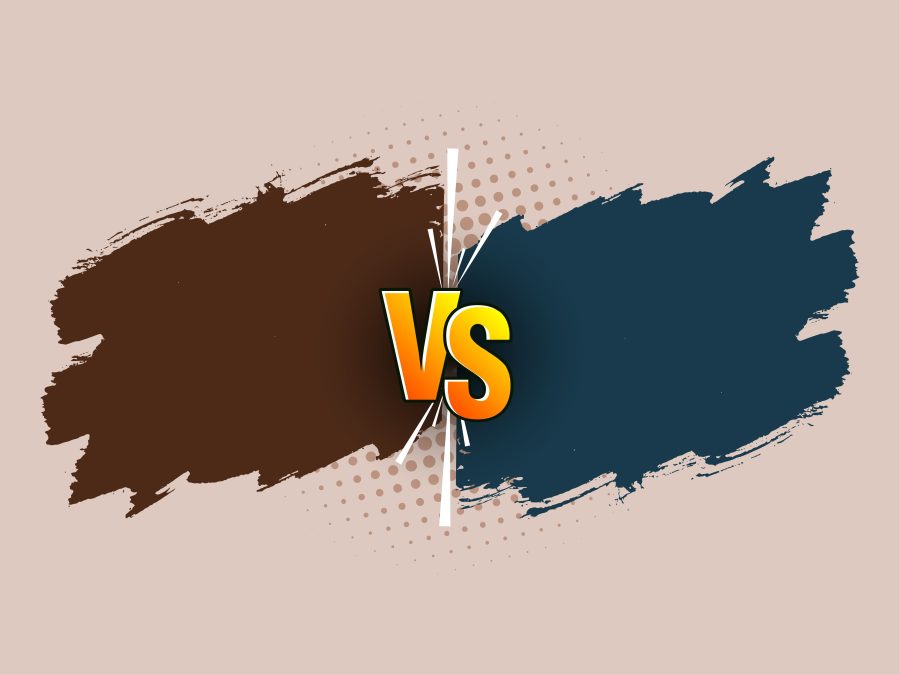Choosing the right website-building platform can be overwhelming, especially with so many options available. Two of the most popular choices today are WordPress and Webflow. Both offer unique features, benefits, and challenges, making the decision difficult for beginners and professionals alike.
WordPress has been the go-to choice for web development for years, offering unmatched flexibility, a vast plugin ecosystem, and full control over website customization. On the other hand, Webflow has emerged as a powerful alternative, providing a seamless design experience with minimal coding required. But which one is right for you?
What is WordPress?
WordPress is an open-source content management system (CMS) that powers over 40% of all websites. It started as a blogging platform in 2003 and has since evolved into a robust website builder used for everything from small personal blogs to enterprise-level websites.
With WordPress, users can customize their websites with themes and plugins, giving them control over design, functionality, and SEO. Because it’s open-source, developers can tweak the core files to tailor the platform to their specific needs.
However, the flexibility of WordPress also means that users need to be mindful of maintenance, security updates, and plugin compatibility. While it’s incredibly powerful, it does come with a learning curve, especially for non-technical users.
What is Webflow?
Webflow is a cloud-based website builder that gives users a visual approach to designing websites. Unlike WordPress, Webflow doesn’t require coding knowledge, but it still offers deep customization options through its built-in designer, interactions, and CMS features.
Webflow provides a more design-centric experience, making it an excellent choice for designers who want full control over aesthetics without needing to dive into code. It also hosts the websites for you, handling updates, security, and performance optimization automatically.
While Webflow offers a sleek, no-code experience, it has limitations when compared to WordPress in terms of scalability and third-party integrations. The cost structure is also different, as Webflow uses a subscription-based pricing model.
Why Compare WordPress vs Webflow?
When building a website, choosing the right platform is crucial. The WordPress vs Webflow debate boils down to flexibility, ease of use, customization, and control. While both platforms are excellent choices, they serve different types of users and business needs.
If you’re a developer or someone who likes full control over hosting, coding, and customization, WordPress may be the best fit. On the other hand, if you prefer a more streamlined, visually-driven design experience without worrying about backend management, Webflow could be ideal.
This comparison will explore key aspects such as ease of use, design capabilities, customization, performance, SEO, security, pricing, and scalability to help you make an informed decision.
Ease of Use: Which One is More Beginner-Friendly?
WordPress
WordPress offers a user-friendly dashboard, but beginners may find it overwhelming due to the number of options available. Setting up a WordPress site requires choosing a hosting provider, installing WordPress, selecting a theme, and configuring plugins.
While page builders like Elementor and WPBakery make WordPress more accessible, it still requires some learning, especially when dealing with backend settings, updates, and potential conflicts between plugins.
Webflow
Webflow provides a completely visual approach, making it easier for beginners who want to see their changes in real time. The interface is similar to design tools like Figma and Adobe XD, allowing users to drag and drop elements while maintaining complete control over styling.
Since Webflow includes hosting and security features out of the box, users don’t have to worry about setting up external services. However, the learning curve for Webflow lies in its detailed design tools and interactions, which may take some time to master.
Design and Customization: Which One Offers More Control?
WordPress
WordPress provides thousands of themes and plugins, allowing users to create virtually any type of website. With page builders like Elementor, Divi, and Beaver Builder, you can customize your site without coding. However, for advanced customization, knowledge of HTML, CSS, and PHP may be required.
Webflow
Webflow shines in design flexibility. Unlike WordPress themes, Webflow offers a fully customizable design canvas, giving users precise control over every element. You can create stunning animations, interactions, and layouts without relying on pre-built themes.
However, Webflow lacks the extensive third-party plugin ecosystem that WordPress has, which can limit functionality if you need specific features.
Performance and Speed: Which One Loads Faster?
WordPress
WordPress performance depends on hosting, themes, and plugins. A poorly optimized site can become slow, especially if too many plugins are installed. To enhance performance, users need to optimize images, use caching plugins, and choose reliable hosting.
Webflow
Webflow hosts its websites on a global content delivery network (CDN), ensuring fast loading times. Since everything is optimized within the platform, users don’t need to worry about performance tweaks. Webflow’s clean code also contributes to speed improvements.
SEO: Which Platform is Better for Rankings?
WordPress
WordPress is SEO-friendly and offers powerful plugins like Yoast SEO and Rank Math to optimize content, meta tags, and sitemaps. Users can also tweak advanced settings, such as schema markup and structured data.
Webflow
Webflow includes built-in SEO tools, such as automatic XML sitemaps, clean code structure, and customizable meta tags. While it lacks SEO plugins, it offers enough customization for users who understand SEO principles.
Security and Maintenance: Which One is Safer?
WordPress
WordPress requires users to manage their own security, including updates, backups, and plugin vulnerabilities. Security plugins like Wordfence and Sucuri help, but users must remain vigilant.
Webflow
Webflow handles security, updates, and backups automatically. Since it’s a closed system, there are fewer vulnerabilities. However, this also means users have less control over security measures.
Pricing: Which One is More Cost-Effective?
WordPress
WordPress itself is free, but costs come from hosting, premium themes, and plugins. A basic site may cost $5–$15 per month, while advanced sites can reach hundreds.
Webflow
Webflow operates on a subscription model, with plans ranging from $12 to $36 per month. While hosting and security are included, users must consider ongoing costs.
Scalability: Which One Grows with Your Business?
WordPress
WordPress is highly scalable, supporting everything from small blogs to enterprise-level websites. It offers multi-site capabilities, extensive integrations, and flexible hosting options.
Webflow
Webflow is suitable for small to medium businesses but may have limitations for large-scale sites requiring complex integrations.
Making the Right Choice
If you need complete flexibility, extensive customization, and scalability, WordPress is the best choice. However, if you prefer a design-centric, hassle-free experience, Webflow is an excellent alternative.
Interesting Reads





